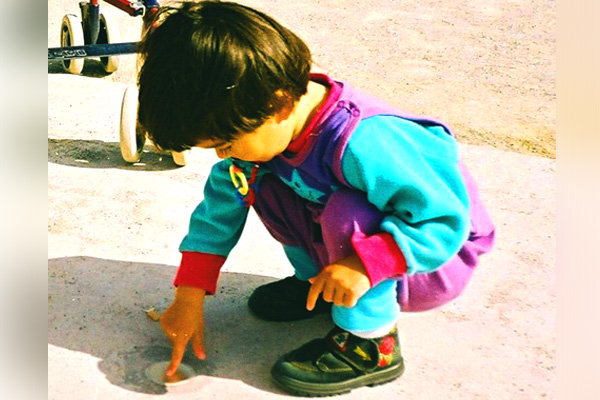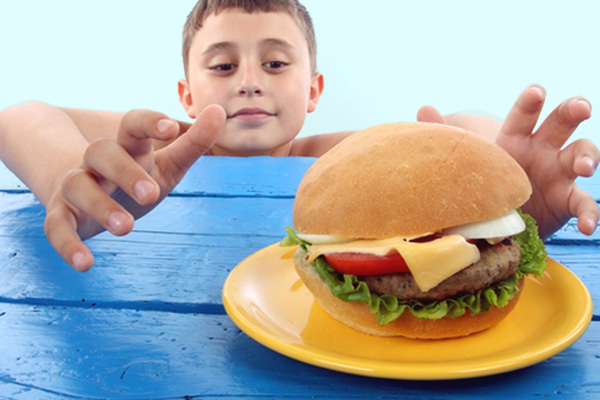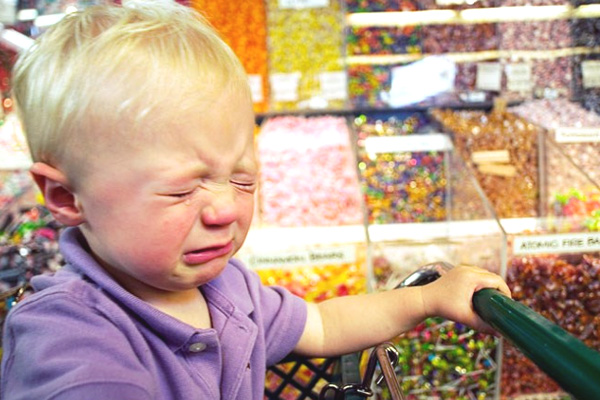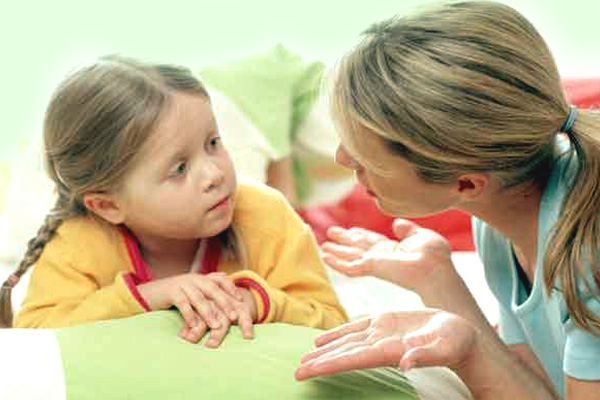
How To Handle Temper Tantrums In Toddlers:- It is extremely common for toddlers and preschoolers to show tantrums. They are equally common in boys and girls. Children between the age group of 1 to 3 are especially prone to tantrums. Your toddler’s temper tantrum may show no signs of stopping, may be ear-shattering even.
The temper tantrums range from whining and crying to screaming, kicking, hitting, and breath holding, break things or get aggressive. All these are part of a tantrum. Some kids may have tantrums often, while some may show them rarely. These are a normal part of child development.

- Why Tantrums Happen?

Tantrums happen because the child’s social and emotional skills are only just beginning to develop at this age. Children do not have the words to express big emotions like what they want, feel, or need, a frustrating experience may cause a tantrum. The tantrums tend to decrease, as language skills improve. They even need more independence, but fear being separated from the parent and also need control over their environment more than they may be capable of handling.
The tantrums may even happen when the kids are tired, hungry, or uncomfortable. Learning to deal with frustration is a skill that children gain over time.
- How To Avoid Tantrums
Whenever possible, try to reduce tantrums from happening in the first place. Here are some of the ideas that may help -
1) Give Plenty Of Positive Attention

Get in the habit of catching your child being good. For positive behavior in your child, reward him/her with praise verbally.
2) Reduce Stress

It is more likely that tired, hungry and overstimulated children experience tantrums.
3) Tune In To Your Child’s Feelings

You might be able to sense when big feelings are on the way, if you are aware of your child’s feelings. Help your child manage difficult feelings and you can talk about what is going on and you might also be able to distract your child.
4) Identify Tantrum Triggers

(Image Source: Stylewhack.com)
When you are shopping, your child might have tantrums. To avoid tantrums, plan ahead or change the environment. It might help to go shopping after your child has had a nap and a snack.
5) Talk About Emotions With Your Child

Encourage your child to name the feeling and what caused it, when he/she struggles with a difficult feeling,
- Tantrum Tactics/ How To Handle Them
1) Stay Calm

(Image Source: Empowering Parents)
This is one of the most important temper tantrum tactic. When responding to a tantrum, keep your cool. Do not complicate the problem with your own frustration or anger. Keep your voice calm and level, and act deliberately and slowly, if you need to speak at all.
2) Do Not Show Your Actions

Remember that your actions set an example for your child. Hitting and spanking your child does not help. Instead, they send the message that using force and physical punishment is OK. This in turn can result in more negative behaviors over the long run. It is advisable to have enough self-control for both of you.
3) Take Charge When You Need To

Depending on why your child is upset, tantrums should be handled differently. Sometimes, you may need to provide comfort. Other times, it is best to ignore an outburst and distract your child with a new activity.

If your child is tired or hungry, it is time for a nap or a snack. If a tantrum happens after your child is refused something, stay calm and do not give a lot of explanations for why your child cannot have what he wants. Try to find something he can have. Move on to another activity with your child.
4) Take Them To Safe Place To Calm Down

Kids who are in danger of hurting themselves or others during a tantrum should be taken to a quiet, safe place to calm down. This also applies to tantrums in public places.
- Preschoolers and older kids are more likely to use tantrums to get their way if they have learned that this behavior works. Once kids have started school, it is appropriate to send them to their rooms to cool off. Tell your child to stay in the room until he or she regains control, rather than setting a specific time limit.
SUPRAJA













